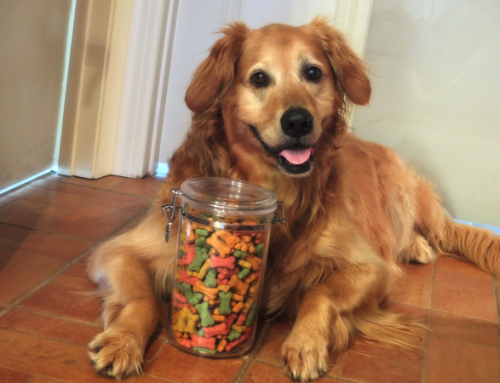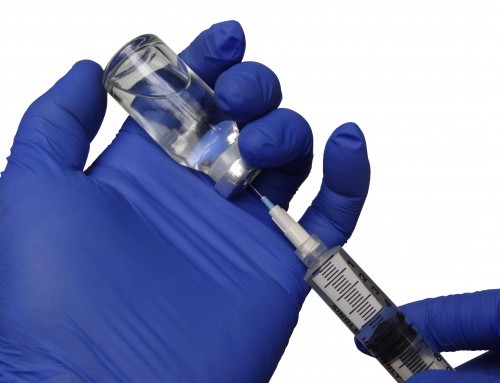Dental disease is one of the most common medical conditions that veterinarians encounter. More than eighty percent of dogs over the age of three and sixty percent of cats over the age of three have some form of active dental disease. The most common dental problems affecting our pets are periodontal diseases (such as gingivitis), fractured teeth, and cervical neck lesions.
Periodontal disease refers to inflammation or infection of the tissue that surrounds the tooth. When plaque hardens into tartar and accumulates around the gum line, it can cause inflammation (known as gingivitis) and recession of the gum line. This allows bacteria to spread into the tooth socket, which can create a painful abscess and even organ failure if the bacteria spreads to the blood stream.
Tooth fractures are a dental issue that primarily affects dogs. Most of these fractures occur when dogs chew on objects that are too hard, such as ice cubes, bones, nylon chew toys, antlers, and horse hooves. If the fracture results in exposure of the tooth’s inner pulp, a root canal or extraction might be necessary. In any case, a fracture should always be examined by a veterinarian to make sure that there’s no direct entry into the tooth, which can cause serious complications like blood infections. To reduce the chance of tooth fractures, make sure that chew toys you give to your dog are somewhat “squishy” and bend when compressed.
Cervical neck lesions occur in cats and result from destruction of the tooth’s enamel that causes holes (or cavities) in affected teeth. The exposed part of the tooth, known as a lesion, can be extremely painful. The only humane treatment option is extraction of the tooth.
Common signs of dental disease include difficulty eating food (e.g., picking up hard food, then spitting it out), decreased interest in food and weight loss, bad breath, drooling and bleeding from the mouth, and pawing at the mouth. Tartar build-up, which leads to periodontal diseases, looks like a brown or tan layer below the gum line, possibly covering the whole tooth in serious cases. Sometimes dental disease in our pets might not have any obvious signs; this is another reason why maintaining regular check-ups with your veterinarian is so important.
Between dental examinations and cleanings at the vet, the best way to prevent dental diseases in your pet’s mouth is through brushing their teeth. Brushing their teeth effectively reduces build-up of plaque and tartar, which lowers the risk of periodontal disease occurring. Never use human toothpaste to brush the teeth of your dog or cat—human toothpaste contains ingredients that can cause internal problems in your pet. Instead, use toothpaste that is formulated for pets, and a toothbrush that is designed for your pet’s mouth.
Do not try to use metal instruments like dental picks to attempt to remove plaque or tartar from your pet’s teeth. This can lead to the creation of microscopic scratches on their teeth that will actually lead to plaque forming more quickly, because it becomes lodged in the scratches.
You can also reduce the incidence of dental problems in your pet by feeding them food that is formulated to help reduce the formation of plaque and tartar on their teeth. Other products that are designed to keep your pet’s teeth healthy also exist, like special chew toys for dogs, antibacterial mouthwashes and gels, and even water additives. Ask your veterinarian for more information about these options if your pet is experiencing frequent dental issues.







Leave A Comment
You must be logged in to post a comment.